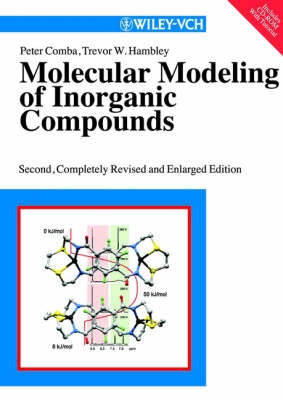

Molecular Modeling of Inorganic Compounds, 2nd, Completely Revised and EnlaUpplaga 1
- Upplaga: 1a upplagan
- Utgiven: 2001
- ISBN: 9783527299157
- Sidor: 338 st
- Förlag: John Wiley & Sons
- Format: Inbunden
- Språk: Engelska
Om boken
Åtkomstkoder och digitalt tilläggsmaterial garanteras inte med begagnade böcker
Mer om Molecular Modeling of Inorganic Compounds, 2nd, Completely Revised and Enla (2001)
I januari 2001 släpptes boken Molecular Modeling of Inorganic Compounds, 2nd, Completely Revised and Enla skriven av Peter Comba. Det är den 1a upplagan av kursboken. Den är skriven på engelska och består av 338 sidor djupgående information om kemi. Förlaget bakom boken är John Wiley & Sons som har sitt säte i Hoboken.
Köp boken Molecular Modeling of Inorganic Compounds, 2nd, Completely Revised and Enla på Studentapan och spara pengar.
Tillhör kategorierna
Referera till Molecular Modeling of Inorganic Compounds, 2nd, Completely Revised and Enla (Upplaga 1)
Harvard
Oxford
APA
Vancouver



















